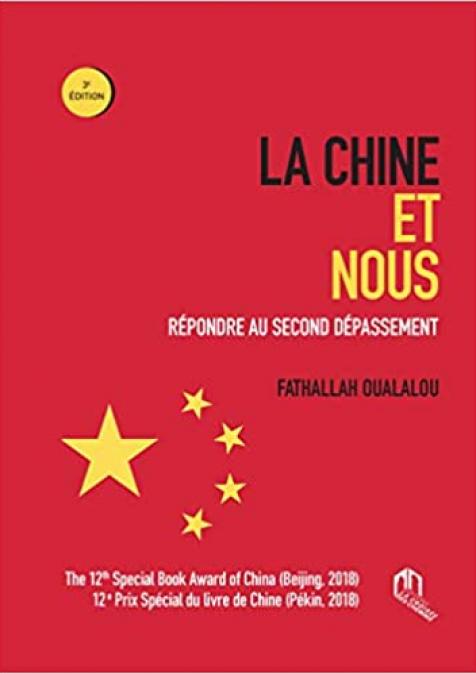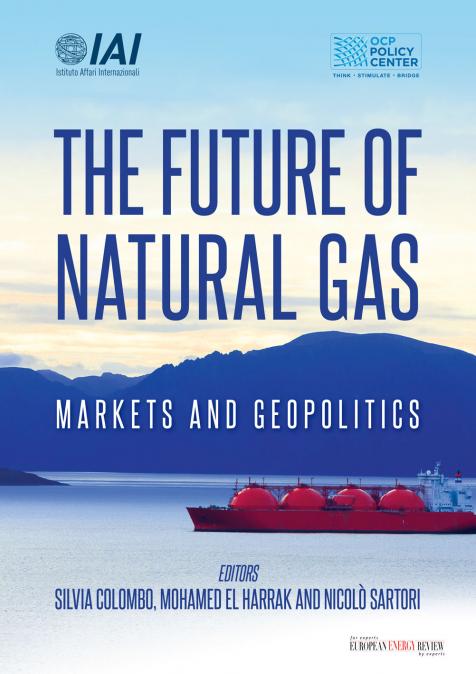Publications /
Opinion
Once the traditional Western year-end celebrations are concluded, understanding some of the changes that will take place in this new decade of the 21st century become essential. The expression 20/20 is used in ophthalmology to reflect acuity in vision. Perhaps no time in recent history has required more acuity in long term vision and perspective regarding the significant changes to occur in the 21st century.
There is no doubt: the 21st century will be the Asian century. The 2020 decade will be the first in which Asian countries – particularly China – will indeed consolidate a prominent position of leadership on the global stage. Asia has three of the four largest global economies in terms of purchasing power parity: China, India and Japan. Asia has most of the world's population. In 2000, Asia accounted for 32% of global GDP in terms of purchasing power parity; in 2017, it rose to 42% (34% in real GDP terms) and, according to a recent McKinsey report (September/2019), it should reach 52% (46% in real GDP terms) in 2040. Between 2000 and 2017, on the other hand, Europe declined from 26 to 22% and North America from 25 to 18%. In terms of consumption, Asia will rise from 23% of the global total to 39% by 2040.
China, since the implementation of its Reform and Opening-Up Policy in the 1970s, has become a global powerhouse, with a network of international trade and investments more extensive than any other country in world history. China has also built significant capacity in technological innovation. In 2017, for example, it accounted for 40% of the total of global patent applications, leading to long-term consolidation of its essential role as the world’s ultimate global trader.
The American power, previously based on four aspects – economic weight, military power, technological domain and the missionary dissemination of its values – has been reduced to two primary sources: military strength and the control of the predominant currency in the global market.
With the evolution of cyber warfare growing and the rationality of large-scale military engagements making less and less sense, military power is increasingly relegated to a secondary role, although there is still the temptation to ignite a new "cold war" between the United States and China. Such a situation would imply political instability, economic recession and decreasing interest in international cooperation, none of which would be in the interest of China, which intends to consolidate itself as the main power of the international system by 2049.
Concerning the dollar as the global currency reserve, confidence in its strength and resilience has been put to the test and declined, particularly after the 2007 economic crisis. Additionally, the frequent use of dollar-derived financial controls for political intervention in third countries to address exclusively U.S. interests has undermined the trust in the currency. As a result, some countries have sought alternatives for other types of reserve values. The dollar, which still accounts for more than 40% of cross-border payments and almost 90% of international trade settlements, has been able to maintain its relevance based on a historical tripod: strong institutions (including an independent Central Bank), efficient courts, and a record of relatively low inflationary rate. Circumstances may change, however. Distrust in the dollar has been growing since the Subprime crisis in 2007, when the U.S. economy has seen its strength deteriorate rapidly. The way the United States reacted to the Asian financial crisis in the 1990s also generated enormous mistrust in the United States as an economic partner by Asian countries. Such factors have deteriorated trust not only in the U.S. government but also in its currency. More recently, measures such as the lowering of the interest rate to improve domestic results, as well as the Trade War (mostly connected with China's rise in the technology domain), have not increased support to the confidence in the dollar as a reserve of value. Thus, here and there, attempts have been made to create other instruments to replace the dollar on a steady basis.
Instead of adaptation, the West has been refractory in promoting changes to the post-World War II institutions to perpetuate a global political and financial order that no longer corresponds to reality, given the significant emergence of new global players. The absence of reforms in the World Bank, International Monetary Fund and the Security Council of the United Nations shows a reprehensible effort to "keep the rings while losing the fingers." The liberal order, as currently constituted, will either have to change to accommodate the rise of Asia or, should the current level of inflexibility and the lack of compelling interest to change remain, accept the fate of irrelevance as new frameworks are created to meet the global circumstances.
Transitions are always complicated. They may lead to wars. Criticisms of Asia and, in particular, China, will continue to grow, and the scenario of constant conflicts will become the new normal. However, the winds of change in history are irreversible, and the shift of power from the Atlantic to the Pacific constitute the new reality, with Asia becoming the driving force of the 21st century.
Atlantic-based developing countries should strategise on how to transform the Asian century into an opportunity for greater global integration, using Asia, particularly China, to increase the ties and the relationship, either through cross-investment, trade or by substantial deepening of the commercial, political and strategic relationships. On the economic side, companies from such countries should be encouraged to increase their presence in Asia if they want to remain relevant in the global context and increment their levels of competitiveness and productivity.
The current wave shows that the future is in Asia, not in the Atlantic. Ignoring this new reality is undoubtedly a considerable misconception, with a profound impact on developing countries outside of Asia. The acuity of the strategy will reveal a clear view of the long-term objectives of those countries governments. The future holds less Europe, less United States, and more Asia.
The opinions expressed in this article belong to the author.






